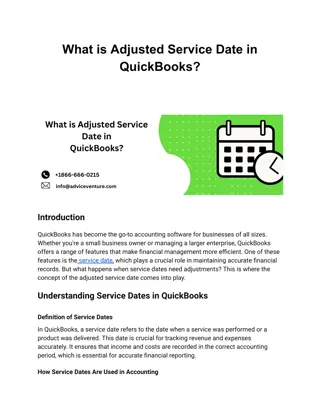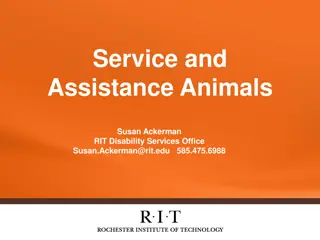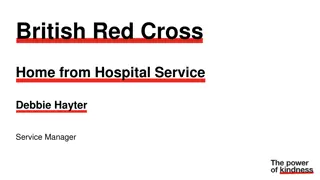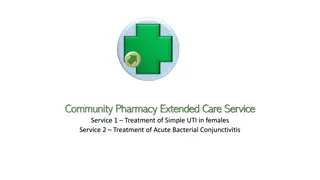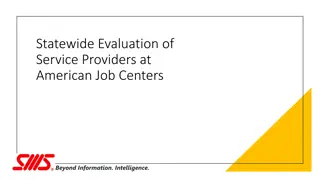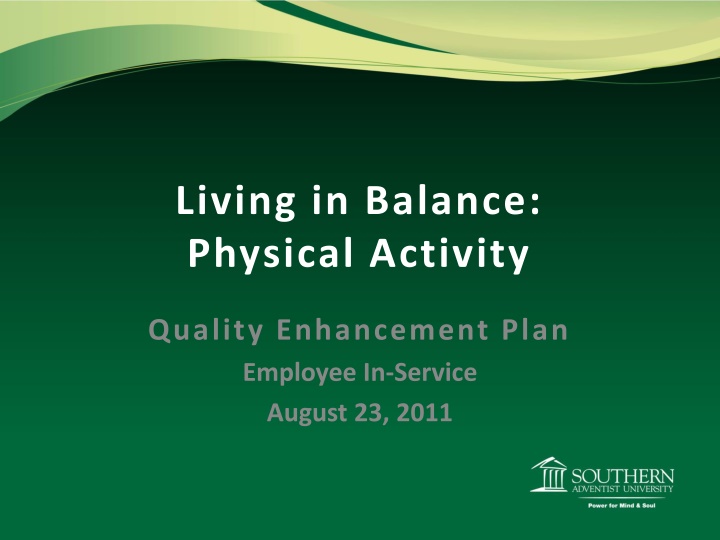
Physical Activity Quality Enhancement Plan for Employee In-Service
Explore the Physical Activity Quality Enhancement Plan (QEP) implemented for employee in-service, focusing on the need for baseline data, ways to implement, Adventist documentation, and survey results from SAU students and employees for enhancing physical fitness and activity levels.
Download Presentation

Please find below an Image/Link to download the presentation.
The content on the website is provided AS IS for your information and personal use only. It may not be sold, licensed, or shared on other websites without obtaining consent from the author. If you encounter any issues during the download, it is possible that the publisher has removed the file from their server.
You are allowed to download the files provided on this website for personal or commercial use, subject to the condition that they are used lawfully. All files are the property of their respective owners.
The content on the website is provided AS IS for your information and personal use only. It may not be sold, licensed, or shared on other websites without obtaining consent from the author.
E N D
Presentation Transcript
Living in Balance: Physical Activity Quality Enhancement Plan Employee In-Service August 23, 2011
Identifying the Need for the QEP Baseline data Meeting with SACS Liaison Dr. Rudy Jackson Ways to Implement
Identifying the need for the QEP Baseline data Program Level 1. Low number of fitness-based courses 2. Low number of activity courses required for graduates 3. Fall 2010 survey results from SAU students and employees Course Level 1. Less active than the national norm 2. Low physical fitness performance scores 3. High student goal to exercise more 4. Low overall health rating compared to national norm
Program Level 1. Low number of fitness-based courses Number Offered Fall Semester 28 Number Offered Winter Semester 32 Type of Course Skill-based Fitness-based* 6 6 Ratio 1:4.6 1:5.3 *Does not include PEAC 225, Fitness for Life, required course.
Program Level 2. Low number of activity courses required for graduates Institution Total Hours Activity Hours Andrews University 4 4 Union College 4 4 Bryan College 4 4 Southwestern Adventist University 4-5 3 Covenant College 3 3 Southern Adventist University 2 2 Washington Adventist University 3 1
Program Level 3. Fall 2010 survey results from SAU students and employees 519 participants completed survey, 368 students, 91 staff, and 60 faculty not all completed short answer questions (top three responses shared for each question) Question Written Responses Total Percent More Classes, Clubs, Events (Health, Exercise, Cooking), 97 21.8% How could we improve the physical fitness of students/employees at Southern Adventist University? (Total responses = 444) 69 15.5% Better food options 67 15.1% Group competitions, Incentives Commit more time, Get started, Make regular schedule Getting an accountability partner, trainer, exercise with others 182 38.8% What do you believe would help you be more likely to get daily physical activity? (Total responses = 469) 65 13.6% 53 11.3% Less work, homework stress
Course Level 1. Less active than the national norm National College Norm SAU Health Assessment Students Exercise Frequency 5+ times/week1,2 19.2% 16% 1 American College Health Association. National College Health Assessment. Spring 2010 Reference Group Executive Summary. p. 16 2 BSDI Fitness Analyst results from 3473 Southern Adventist University students over 8 years.
Course Level 2. Low physical fitness performance scores Fitness Test LEVEL PRE-test % POST-test % 1-2 74.8% 66.0% Cardio 12-min. run/walk test 3-5 25.2% 34.0% 1-2 38.3% 23.5% Flexibility sit & reach test 3-5 1-2 61.7% 66.1% 76.5% 63.3% Strength hand grip dynamometer 3-5 33.9% 36.7% 2010-2011 PEAC 225 Fitness Assessment Results, 225 participants
Course Level 3. High student goal to exercise more Student Goals Percentage Exercise More 85% Improve Eating 79% Reduce Stress Levels 51% BSDI Fitness Analyst results from 3473 Southern Adventist University students over 8 years.
Course Level 4. Low overall health rating compared to national norm National College Norm1 SAU Overall Health Students2 Excellent & Very Good 60.1% 39.0% Excellent, Very Good & Good 92.0% 88.0% 1 American College Health Association. National College Health Assessment. Spring 2010 Reference Group Executive Summary. p. 16 2 BSDI Fitness Analyst results from 3473 Southern Adventist University students over 8 years.
Meeting with SACS liaison Dr. Rudy Jackson Must have measurable outcomes Student Learning Outcomes Must determine cohort group PEAC 225 Must track cohort over time to determine that student learning has occurred Must have data coming in by 2016 to present in the 5th year report
Ways to Implement Change According to Dr. Thom McKenzie there are three ways to increase physical activity behaviors: 1. Individual intervention (One-by-one) 2. Creating positive environment for physical activity 3. Policy changes (T. L. McKenzie, lecture, February 10, 2011)
And those who would be workers together with God must strive for perfection of every organ of the body and quality of the mind. True education is the preparation of the physical, mental, and moral powers for the performance of every duty; it is the training of body, mind, and soul for divine service. This is the education that will endure unto eternal life. Christ s Object Lessons, p. 330
QEP Working Committee Team Patti Anderson Michael Dant Leslie Evenson Tyson Hall Hollis James Harold Mayer Marge Seifert Judy Sloan





